Hamish Gill
Tech Support (and Marketing)
Fuji have announced the new X10
With a 28-112 f/2-f2.8 zoom lens smaller body, smaller non hybrid finder and what appears to be a c.£500 (although this appears from mooching online to be rumor) price tag it looks to be a competitor to the Canon G12 and Nikon P7100.
It appears to have styling and build quality consistent with its bigger brother the x100, as well as having RAW and full manual overrides.
I shant bang on to much about the spec as this can be found within fuji's press release here http://fujifilm.co.uk/presscentre/news/index.php?id=1444
[video=youtube;ZFaEH0eIAoM]http://www.youtube.com/watch?v=ZFaEH0eIAoM[/video]


link to their "micro-site" http://fujifilm-x.com/x10/en/index.html
I have to say, I really like the look of this camera, it appears to me to be getting back to basics of what a compact camera should do as opposed to getting bogged down with superfluous features like most (even Fuji's) compact cameras do. I guess we will have to wait and see what the smaller 2/3" sensor can do!
With a 28-112 f/2-f2.8 zoom lens smaller body, smaller non hybrid finder and what appears to be a c.£500 (although this appears from mooching online to be rumor) price tag it looks to be a competitor to the Canon G12 and Nikon P7100.
It appears to have styling and build quality consistent with its bigger brother the x100, as well as having RAW and full manual overrides.
I shant bang on to much about the spec as this can be found within fuji's press release here http://fujifilm.co.uk/presscentre/news/index.php?id=1444
[video=youtube;ZFaEH0eIAoM]http://www.youtube.com/watch?v=ZFaEH0eIAoM[/video]


link to their "micro-site" http://fujifilm-x.com/x10/en/index.html
I have to say, I really like the look of this camera, it appears to me to be getting back to basics of what a compact camera should do as opposed to getting bogged down with superfluous features like most (even Fuji's) compact cameras do. I guess we will have to wait and see what the smaller 2/3" sensor can do!
